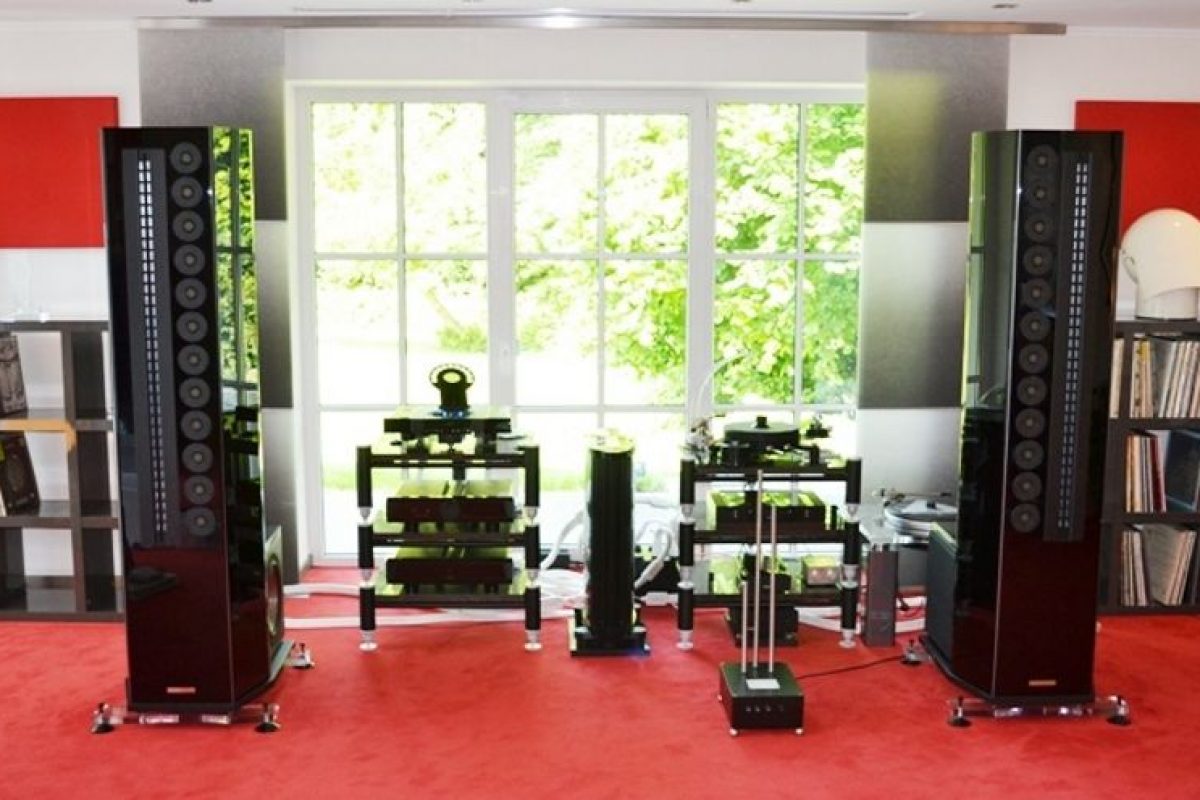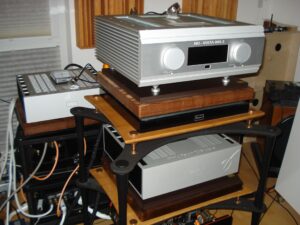I already had heard about Schnerzinger cables, but I had thought: Just another cable company on this huge market of cable manufacturers; who is supposed to keep an overview? Furthermore I believed to be outstandingly serviced by my beautiful cables from a well-known world market leader. I watched the well done Schnerzinger websiteand became curious. Some days later a date was agreed with Mr. Brämer, the Schnerzinger distributor. He visited my home with big boxes full of cables. We tested everything. What should I say: I was and I still am totally convinced of these Schnerzinger cables. I had to get these cables!
Meanwhile my system, which operated very well before, is completely Schnerzinger cabled. Now the system performs as if from another star. Surely this is no exaggeration. Previously it was hi-fi on a very high level, now it’s like “live music”. Music plays totally detached from the speakers, spatial representation and depths are phenomenal.
These cables have system status, because they foremost enable to reveal the quality of the outstanding electronic components and speakers. It strikes that even not well recorded music sounds much more musical and pleases. All of a sudden you hear additional information from your recording medium, which you haven’t noticed before. But the cables will not let the music sound more sharp or annoying, no, everything sounds unbelievably refined and musical.
I’m convinced to be arrived in hi-fi heaven. I can only advise: as your financial capabilities allow, you should try these Schnerzinger cables under the guidance of Mr. Brämer.
My special thanks to Mr. Klocke and Mr. Brämer for their engagement and their exceptional know how.
Kind regards from Werner C.
(Translated from the German original)
— Werner C. —







